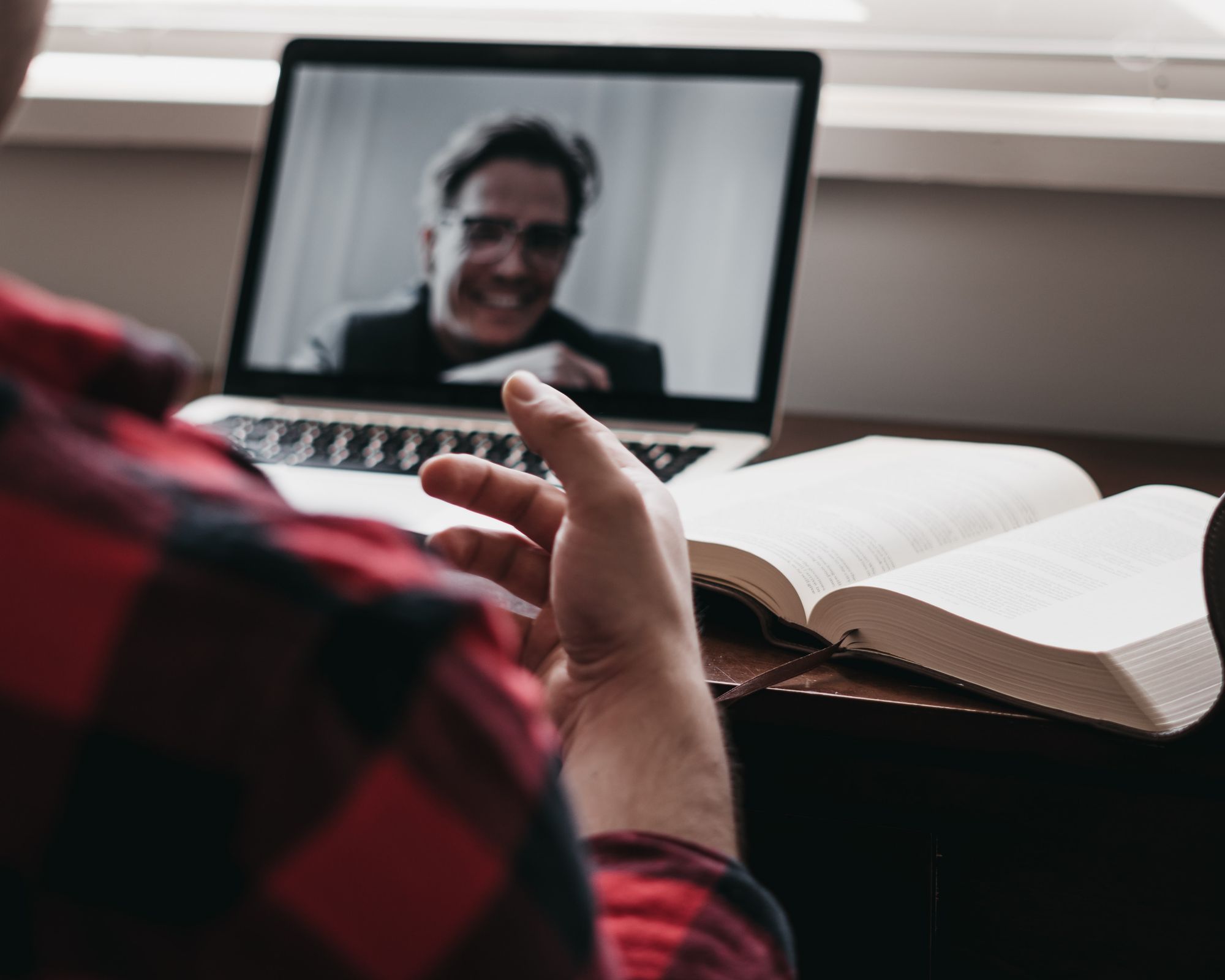The Months of the Year
The name Yule is still sometimes used to refer to Christmas.

Key words
- Lunar: of or relating to the moon
The Egyptians had a lunar calendar.
- Transition: a change from one form or type to another, or the process by which this happens
The transition to the euro took place in 1999.
- Duality: the state of combining two different things
The duality of his nature, his hope and his despair are revealed in his poems.
- Passover: a Jewish celebration in March or April every year to remember the escape of the Jews from Egypt
Jesus had his last meal at Passover.
- Solstice: in the middle of the summer or winter, when there are the longest hours of day or night
Druids celebrate the winter solstice at Stonehenge.
Read the article to find the answers
- When was the Gregorian calendar introduced?
- Who is the month of March named after?
- What happened to the Anglo-Saxon month of Easter?
- What is Yule?
The Gregorian Calendar
The Gregorian calendar, which is used throughout the world today, is the result of the original Roman calendar undergoing several changes over the centuries. Not only did it change from a lunar to a solar calendar, but the number of months increased from ten to twelve and the number of days from 304 to 365.
The original Roman calendar underwent a major reform during the reign of Julius Caesar who consulted with astronomers and mathematicians to develop a more accurate calendar. The result was the Julian calendar, which was based on the solar year and had 365 days divided into 12 months. It also introduced the concept of leap years.
Although the Julian calendar was a great improvement, it still had some inaccuracies. To remedy this, Pope Gregory XIII introduced the Gregorian calendar in 1582.
Roman Months
The earliest Roman calendar was lunar and had 304 days divided into 10 months. The months were Martius, Aprilis, Maius, Junius, Quintilis, Sextilis, September, October, November and December.
Martius, March, was the first month of the ancient Roman year, named after Mars, the god of war, until King Pompilius added January and February to create a 12-month calendar. There is disagreement about how Aprilis, Maius and Junius got their names, but it is agreed that the months from Quintilis to December got their names from numbers. Quintilis is Latin for fifth and December's name comes from the Latin word decem, meaning ten.
January is named after the Roman god Janus, who had two faces, one facing the past and the other the future. He was the god of beginnings, gates, transitions, time, duality, doors, passages, frames and endings.
The Roman month Februarius was named after the full-moon purification ritual Februa.
Quintilis was renamed to honour Julius Caesar and became July, and Sextilis was renamed August to honour Augustus Caesar, the first Roman Emperor.
Anglo-Saxon Months
Ēastermōnað, or Easter month, was named after the Germanic goddess of spring, Eostre. The month is now called April, but the name Easter remained, as a replacement for the Jewish festival of Passover, because Emperor Constantine didn't want to have anything in common with the Jews.
Gēolmōnað, or Yule month, was associated with the pagan festival of Yule, celebrated around the winter solstice. It's now December, but the name Yule is still sometimes used to refer to Christmas.
Discussion questions
- Do you have any questions about any of the vocabulary or grammar in this article?
- Do you use calendars other than the Gregorian calendar?
- What is the history of the calendar in your country?
- When did your country adopt the Gregorian calendar?

Book a Lesson
Improve your English language communication skills by practicing with a qualified and experienced native speaker.





